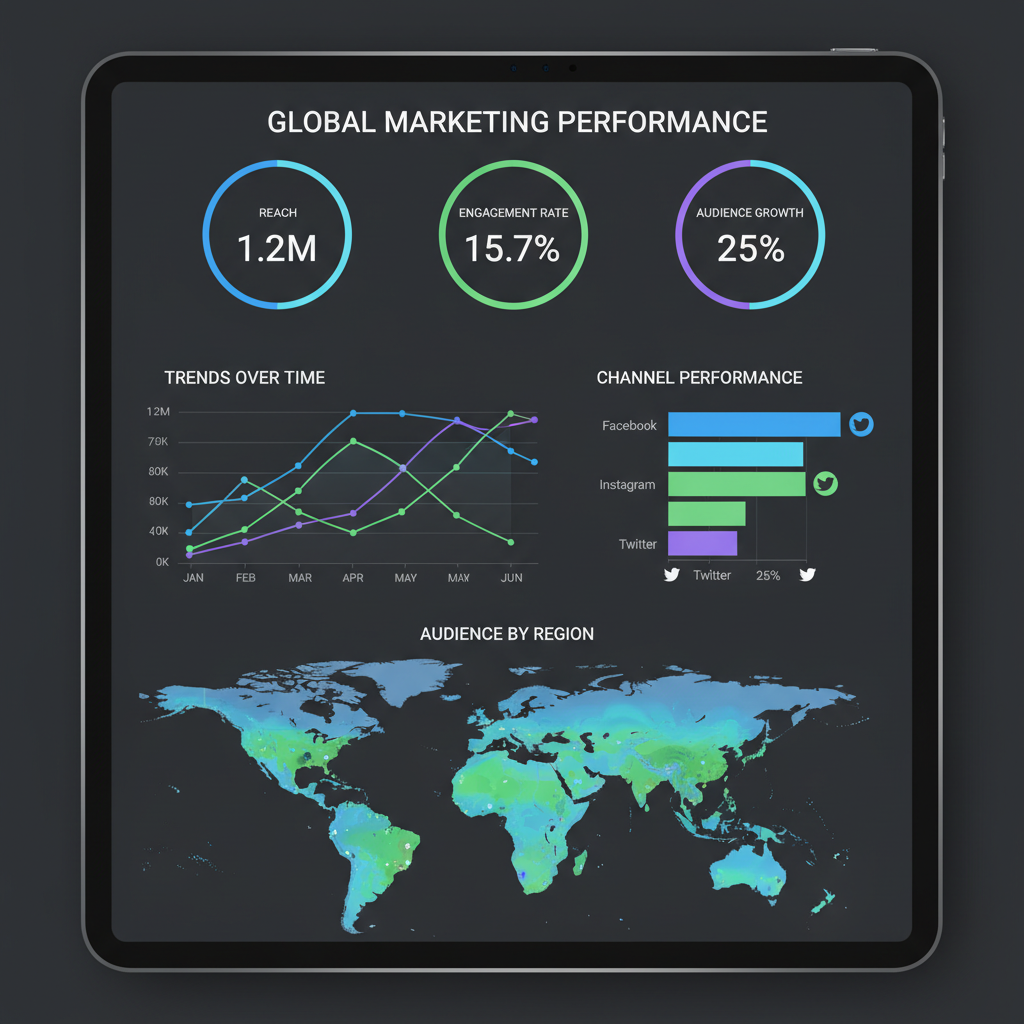Best Pixel Size for Website Banner Images
Learn the optimal pixel sizes, responsive practices, and image optimization tips for creating high-quality website banners without slowing performance.

Best Pixel Size for Website Banner Images
Choosing the best pixel size for website banner images is crucial for creating an impactful first impression, maintaining fast load speeds, and ensuring your site looks great across all devices. In this comprehensive guide, you'll learn about banner categories, standard pixel dimensions, responsive design practices, optimization techniques, preferred formats, and SEO factors to help you design banners that are both visually stunning and performance-friendly.
---
Understanding Website Banners
Website banners are prominent visual elements used to set the tone, deliver messages, or prompt user engagement. They can take several forms:
- Hero Images – Large, high-visual-impact images positioned at the top of a webpage.
- Header Banners – Fixed graphics in the site header, often containing brand elements.
- Ad Banners – Promotional visuals embedded in sidebars or between content blocks.

Banners may be static or animated and often integrate text overlays, CTAs, or interactive elements. Selecting the correct pixel size is vital for crisp visuals without impacting performance.
---
Standard Pixel Dimensions for Full-Width Banners
Modern websites frequently feature full-width banners that span the entire browser viewport. Recommended banner sizes vary by design and purpose:
| Banner Type | Common Dimensions (px) | Aspect Ratio |
|---|---|---|
| Hero Banner | 1920 × 1080 | 16:9 |
| Wide Header Banner | 1600 × 500 | 3.2:1 |
| Small Promotional Banner | 728 × 90 | 8:1 |
| Mobile Banner | 1080 × 720 | 3:2 |
These dimensions strike a balance between visual quality and device compatibility. Always design at high resolution but avoid excessive file sizes to prevent slow loading.
---
Responsive Design Considerations
In a mobile-first web environment, banners must adapt seamlessly to different screen sizes without losing key content.
Key Factors for Responsive Banners
- Viewport Width – Use CSS media queries to adjust banner scaling across breakpoints.
- Dynamic Cropping – Keep the focal point centered to avoid cutting off essential elements.
- Multiple Image Sizes – Implement the `srcset` attribute to serve device-appropriate resolutions.

Designing for various resolutions ensures high-density screens retain detail while mobile devices remain quick to load.
---
Factors Affecting Pixel Size Choice
The optimal pixel size depends on several considerations:
- Screen Resolution – Retina and 4K displays demand higher-quality images.
- File Size – Larger images take up more storage and bandwidth.
- Loading Speed – Heavy assets can delay rendering, affecting UX and SEO.
- Design Composition – Ensure text overlays and graphics remain legible.
Balancing these criteria enhances both usability and site performance.
---
Best Practices for High-Quality Images Without Slowing Down Performance
To maintain quality and speed:
- Reduce image size through intelligent compression.
- Match maximum width to the design standard (often 1920px for desktops).
- Use efficient formats like WebP.
- Apply lazy loading for out-of-view banners.
Optimized banners improve Core Web Vitals, leading to better SEO rankings.
---
Leveraging Vector Graphics for Banners
Vector graphics, such as SVGs, scale indefinitely without quality loss—especially useful for minimalistic designs, logos, or icons.
Benefits:
- Perfect scaling across devices.
- Lightweight for simple illustrations.
- Sharp edges with no pixelation.
Vectors can be layered over raster backgrounds for more complex designs.
---
Tools to Check & Optimize Banner Sizes
Use design platforms that enable precise size control and export optimization:
- Photoshop – Detailed image editing and custom export settings.
- Figma – Responsive previews and collaboration features.
- Canva – Quick access to templates with editable dimensions.

Test banners in staging to confirm proper appearance and loading speed before publishing.
---
Image Format Recommendations
Choosing the right format impacts both performance and aesthetics:
| Format | Best Use Case | Pros | Cons |
|---|---|---|---|
| JPEG | Photographic banners | Strong compression, universal support | Lossy format; no transparency |
| PNG | Graphics needing transparency | Lossless quality, crisp detail | Larger file size |
| WebP | Versatile format for most banners | Small sizes, transparency support | Limited legacy browser support |
| SVG | Scalable vector graphics | Infinite scaling, tiny file size for simple art | Not suitable for detailed photography |
When possible, prefer WebP or SVG for optimal performance.
---
Testing Banner Display Across Browsers & Devices
Always check banners under multiple conditions:
- Cross-Browser Checks – Verify across Chrome, Firefox, Safari, and Edge.
- Device Emulation – Preview sizes via developer tools.
- Real-World Devices – Test on phones, tablets, and desktops to assess load times and visual integrity.
This ensures a consistent and polished user experience.
---
SEO Benefits of Optimized Banners
Properly optimized banners support better search engine visibility:
- Keyword-Rich Alt Text – Improves accessibility and SEO relevance.
- Compressed Files – Reduced size speeds delivery.
- Responsive Images – Efficient resource use on mobile.
- Lazy Loading – Speeds perceived page load.
These factors collectively enhance both user engagement and organic rankings.
---
Conclusion
Selecting the best pixel size for website banner images is a strategic decision that blends aesthetic appeal with technical efficiency. By following pixel dimension guidelines, adopting responsive design, using scalable vectors, optimizing formats, and thorough cross-device testing, you can create banners that leave lasting impressions without compromising speed or SEO.
Well-crafted banners are your digital handshake—make them engaging, razor-sharp, and quick to load. Start improving your banners today to boost both style and performance.




